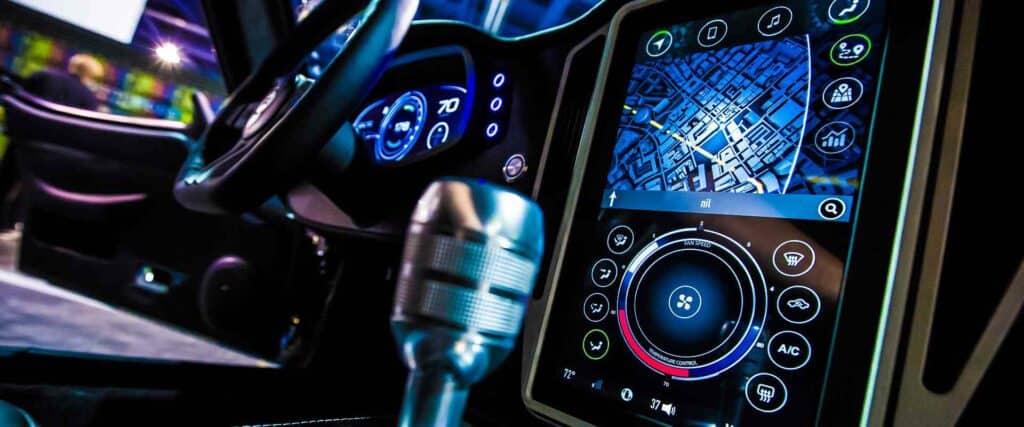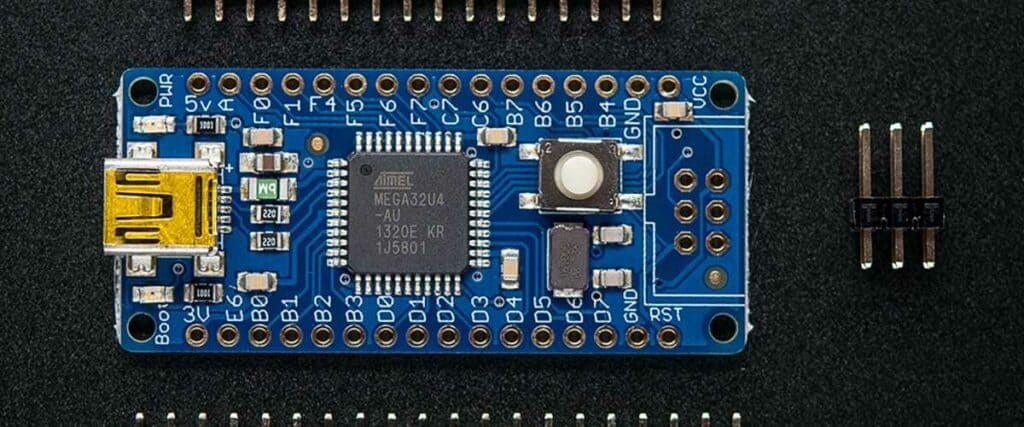Printed circuit boards (PCBs) and printed circuit board assemblies (PCBAs) are integral components in the electronics industry. PCBs are thin boards made of insulating materials that have conductive pathways etched onto the surface. These pathways connect various electronic components on the board, allowing for the transfer of electrical signals and power. PCBAs, on the other hand, are complete circuit boards that have been populated with electronic components and are ready for use.
PCBs and PCBAs are used in a wide range of electronic devices, from smartphones and laptops to medical equipment and aerospace technology. They offer a compact and efficient way to connect and control electronic components, making them an essential part of modern electronics. The manufacturing process for PCBs and PCBAs involves several steps, including design, prototyping, and production.
As technology continues to advance, the demand for smaller, faster, and more complex electronic devices is increasing. This has led to a need for more advanced PCB and PCBA designs and manufacturing techniques. In this article, we will explore the basics of PCB and PCBA manufacturing, including the design process, materials used, and the various techniques used to create these essential components.

PCB and PCBA Manufacturing Process
Designing PCBs
The first step in PCB manufacturing is designing the PCB. This involves creating a schematic diagram of the circuit and then designing the layout of the PCB. There are many software tools available for designing PCBs, and the designer must ensure that the design meets the requirements of the circuit and the manufacturing process.
Printing PCBs
Once the design is complete, the next step is to print the design onto the PCB. This is typically done using a special printer that can print the design onto the copper layer of the PCB. The printer uses a special ink that is resistant to etching chemicals.
Etching PCBs
After the design is printed onto the PCB, the next step is to etch away the copper that is not part of the circuit. This is typically done using a chemical etching process. The PCB is immersed in an etching solution that dissolves the unwanted copper. Once the etching is complete, the remaining copper forms the circuit.
Drilling Holes
After the circuit is formed, the next step is to drill holes in the PCB for the components to be mounted. This is typically done using a computer-controlled drilling machine that can drill precise holes in the PCB.
Plating and Coating
Once the holes are drilled, the PCB is plated with a thin layer of metal to improve the conductivity of the circuit. This is typically done using a process called electroplating. The PCB is then coated with a protective layer to prevent oxidation and corrosion.
Soldering Components
The final step in PCB manufacturing is soldering the components onto the PCB. This is typically done using a wave soldering machine that can solder multiple components at once. The PCB is passed over a wave of molten solder, which solders the components onto the PCB.
In conclusion, PCB and PCBA manufacturing is a complex process that involves many steps. Each step must be carefully executed to ensure that the final product meets the requirements of the circuit and the manufacturing process.
PCB and PCBA Quality Control

To ensure the quality of PCB and PCBA, proper quality control measures must be in place. Quality control is the process of verifying that the end product meets the required specifications and standards. In the case of PCB and PCBA, quality control is crucial to ensure the reliability and functionality of the final product.
Visual Inspection
Visual inspection is the first step in quality control and involves a thorough examination of the PCB and PCBA for any physical defects. This includes checking for any scratches, cracks, or other damages to the board. The components must also be checked for any signs of damage or incorrect placement. Any defects found must be documented and addressed immediately.
Electrical Testing
Electrical testing involves testing the PCB and PCBA for any electrical faults. This includes checking for short circuits, open circuits, and incorrect voltage levels. Electrical testing can be done using automated testing equipment or manually with a multimeter. The results of the testing must be documented and any issues must be addressed.
Functional Testing
Functional testing involves testing the PCB and PCBA to ensure that it works as intended. This includes testing all the components and their interactions with each other. Functional testing can be done using automated testing equipment or manually by simulating real-world scenarios. The results of the testing must be documented and any issues must be addressed.
In conclusion, quality control is essential to ensure the reliability and functionality of PCB and PCBA. Visual inspection, electrical testing, and functional testing are crucial steps in the quality control process. Any defects found during the quality control process must be documented and addressed immediately to ensure the final product meets the required specifications and standards.
PCB and PCBA Applications

PCB and PCBA are integral components of modern electronics. PCB, or Printed Circuit Board, is a board made of insulating material with conductive pathways etched onto its surface. PCBA, or Printed Circuit Board Assembly, is a PCB with electronic components attached to it.
Consumer Electronics
PCBs and PCBA are widely used in consumer electronics such as smartphones, tablets, laptops, and televisions. These devices require high-density PCBs with complex circuitry that can handle high-speed data transfer. PCBs in consumer electronics are often designed to be compact and lightweight, making them suitable for portable devices.
Medical Devices
PCBs and PCBA are also used in medical devices such as pacemakers, defibrillators, and insulin pumps. These devices require high-reliability PCBs that can operate in harsh environments and withstand extreme temperature changes. PCBs in medical devices are designed to be small, lightweight, and low-power, making them suitable for implantable and wearable devices.
Automotive Industry
PCBs and PCBA are used in various automotive applications such as engine control units, infotainment systems, and safety systems. These devices require high-temperature and vibration-resistant PCBs that can operate in harsh environments. PCBs in the automotive industry are designed to be rugged and reliable, making them suitable for use in cars, trucks, and other vehicles.
Aerospace and Defense
PCBs and PCBA are also used in aerospace and defense applications such as satellites, missiles, and radar systems. These devices require high-reliability PCBs that can operate in extreme environments such as high altitude, low air pressure, and extreme temperature changes. PCBs in aerospace and defense are designed to be lightweight, low-power, and highly durable, making them suitable for use in space and defense applications.
In conclusion, PCBs and PCBA are essential components of modern electronics. They are used in a wide range of applications such as consumer electronics, medical devices, automotive industry, and aerospace and defense. PCBs and PCBA are designed to be reliable, rugged, and high-performance, making them suitable for use in various industries.
PCB and PCBA Future Trends

Miniaturization
One of the major trends in PCB and PCBA is miniaturization. With the increasing demand for smaller and more compact devices, the need for smaller PCBs has become a necessity. The trend towards miniaturization has driven the development of more advanced manufacturing techniques, such as surface mount technology (SMT), which allows components to be placed much closer together on the board. This has resulted in smaller and more powerful devices, which are more efficient and cost-effective.
Flexible PCBs
Flexible PCBs are another major trend in PCB and PCBA. These types of PCBs are designed to be flexible and can be bent, twisted, or folded to fit into tight spaces. They are ideal for use in wearable devices, medical devices, and other applications where space is limited. Flexible PCBs are also more durable than traditional rigid PCBs, making them ideal for use in harsh environments.
Wireless Connectivity
Wireless connectivity is another trend that is driving the development of PCB and PCBA. With the increasing demand for wireless devices, the need for PCBs that support wireless connectivity has become a necessity. The development of technologies such as Wi-Fi, Bluetooth, and NFC has enabled the creation of wireless devices that can communicate with each other seamlessly. PCBs that support wireless connectivity are becoming more common in devices such as smartphones, laptops, and tablets.
Artificial Intelligence
Artificial intelligence (AI) is another trend that is driving the development of PCB and PCBA. With the increasing demand for intelligent devices, the need for PCBs that support AI has become a necessity. The development of technologies such as machine learning and deep learning has enabled the creation of intelligent devices that can learn and adapt to their environment. PCBs that support AI are becoming more common in devices such as autonomous vehicles, drones, and robots.
In conclusion, the future of PCB and PCBA is bright, with many exciting trends emerging. As technology continues to advance, we can expect to see even more innovative and advanced PCB and PCBA designs in the years to come.

